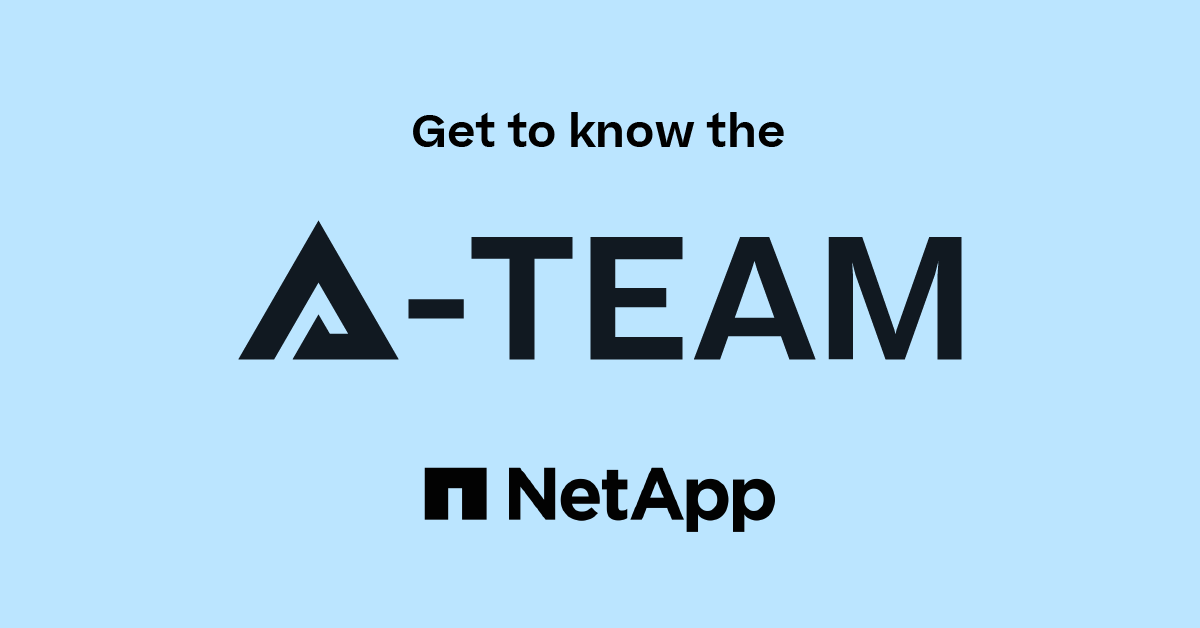EF & E-Series, SANtricity, and Related Plug-ins
- Home
- :
- Products and Services
- :
- EF & E-Series, SANtricity, and Related Plug-ins
- :
- Controller reset with RAID1-Volume on RAID6-DDP
EF & E-Series, SANtricity, and Related Plug-ins
- Subscribe to RSS Feed
- Mark Topic as New
- Mark Topic as Read
- Float this Topic for Current User
- Bookmark
- Subscribe
- Mute
- Printer Friendly Page
- Mark as New
- Bookmark
- Subscribe
- Mute
- Subscribe to RSS Feed
- Permalink
- Report Inappropriate Content
If a "RAID1 volume" exists under a DDP(RAID Level 6), clicking an array operation (Add Capacity, View/Edit Settings) will cause a controller reset.
Does anyone know anything about this issue?
I encountered this problem while testing on a Lenovo DE6000F (E5700).
===========================================================
FIRMWARE INVENTORY
Storage Array
Report Date: 2/18/25, 9:44:43 AM UTC
Storage Array Name: DE6000FAKB
Current ThinkSystem SAN OS Software Version: 08.90.00.00.002-LEN
Management Software Version: 11.90.54.9014
Controller Firmware Version: 08.90.00.00
Supervisor Software Version: 08.90.00.00
Current NVSRAM Version: N5700-890870-D02
Staged ThinkSystem SAN OS Software Version: None
Staged NVSRAM Version: None
Controllers
Location: Shelf 99, Bay A
Current Firmware Version: 08.90.00.00
Current NVSRAM Version: N5700-890870-D02
Current Supervisor Software Version: 08.90.00.00
Board ID: 5700
Manufacturer sub-model ID: 432
Location: Shelf 99, Bay B
Current Firmware Version: 08.90.00.00
Current NVSRAM Version: N5700-890870-D02
Current Supervisor Software Version: 08.90.00.00
Board ID: 5700
Manufacturer sub-model ID: 432
===========================================================
Solved! See The Solution
- Mark as New
- Bookmark
- Subscribe
- Mute
- Subscribe to RSS Feed
- Permalink
- Report Inappropriate Content
Hi @tokion,
I am not sure what this "(6+1P+1S → 8+2P+2S)" stands for, and I do not see how RAID 1 comes into play here. The disk pool is RAID 6 based.
Regarding the controller reset, you will probably want to open a NetApp support ticket. The support bundle from E-Series has a file called state-capture-data. This file includes the output of excLogShow command which in return has all the exception reboots / panics experienced by each controller. You can also run the same command in eos shell directly on the controller to determine the exception details and stack trace.
- Mark as New
- Bookmark
- Subscribe
- Mute
- Subscribe to RSS Feed
- Permalink
- Report Inappropriate Content
When referring to RAID 1 volume, are you referring to another RAID 1 traditional volume group? or a DDP configured as RAID 1 and not RAID 6?
Additionally, what is the reboot exception that you find in excLogShow?
- Mark as New
- Bookmark
- Subscribe
- Mute
- Subscribe to RSS Feed
- Permalink
- Report Inappropriate Content
Hi admadm
I created it as follows.
1: Create a DDP with 8 drives
2: Create a 100GB volume on a DDP configured with 8 drives
3: Add 4 drives to the DDP (6+1P+1S → 8+2P+2S)
*The controller reboot was visually confirmed.
Thanx.
- Mark as New
- Bookmark
- Subscribe
- Mute
- Subscribe to RSS Feed
- Permalink
- Report Inappropriate Content
*
incorrect : (6+1P+1S → 8+2P+2S)
correct: (Pool with8drives → Pool with12drives)
- Mark as New
- Bookmark
- Subscribe
- Mute
- Subscribe to RSS Feed
- Permalink
- Report Inappropriate Content
Hi @tokion,
I am not sure what this "(6+1P+1S → 8+2P+2S)" stands for, and I do not see how RAID 1 comes into play here. The disk pool is RAID 6 based.
Regarding the controller reset, you will probably want to open a NetApp support ticket. The support bundle from E-Series has a file called state-capture-data. This file includes the output of excLogShow command which in return has all the exception reboots / panics experienced by each controller. You can also run the same command in eos shell directly on the controller to determine the exception details and stack trace.
- Mark as New
- Bookmark
- Subscribe
- Mute
- Subscribe to RSS Feed
- Permalink
- Report Inappropriate Content
Hi @ahmadm
Thank you.
I have the state-capture-data, so I will check it tomorrow and open a ticket.
*Sorry, that was a mistake.
The RAID level is determined when the volume is created.
- Mark as New
- Bookmark
- Subscribe
- Mute
- Subscribe to RSS Feed
- Permalink
- Report Inappropriate Content
It's about creating R1-style volumes in DDP.
Steps 1 and 2 make sense. No controller should be rebooted.
